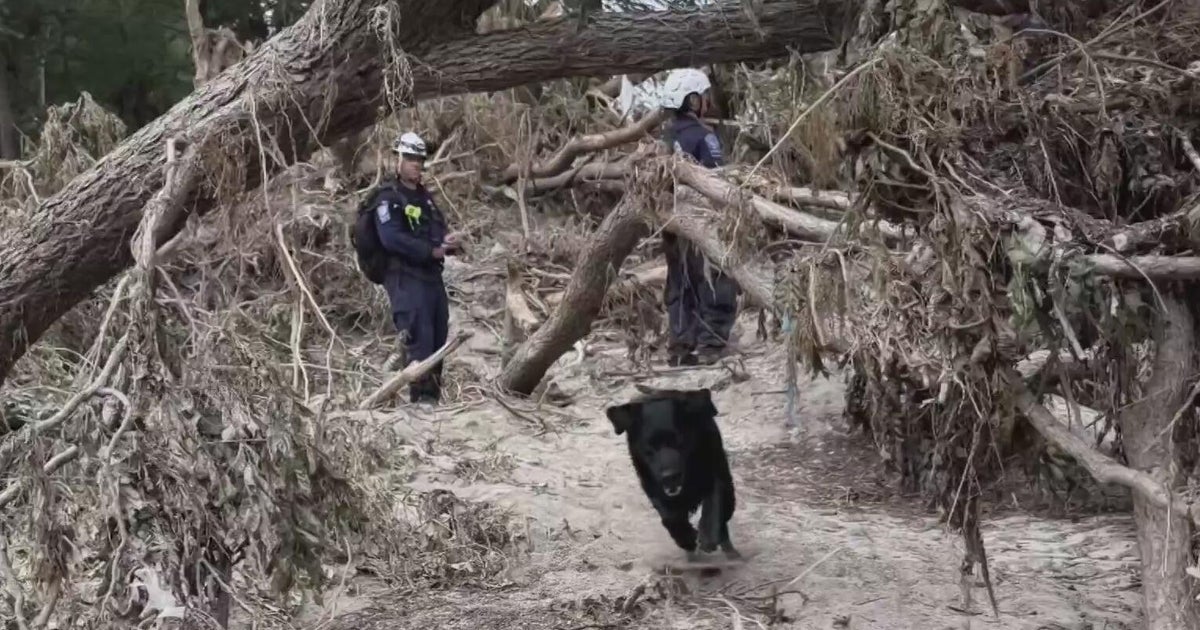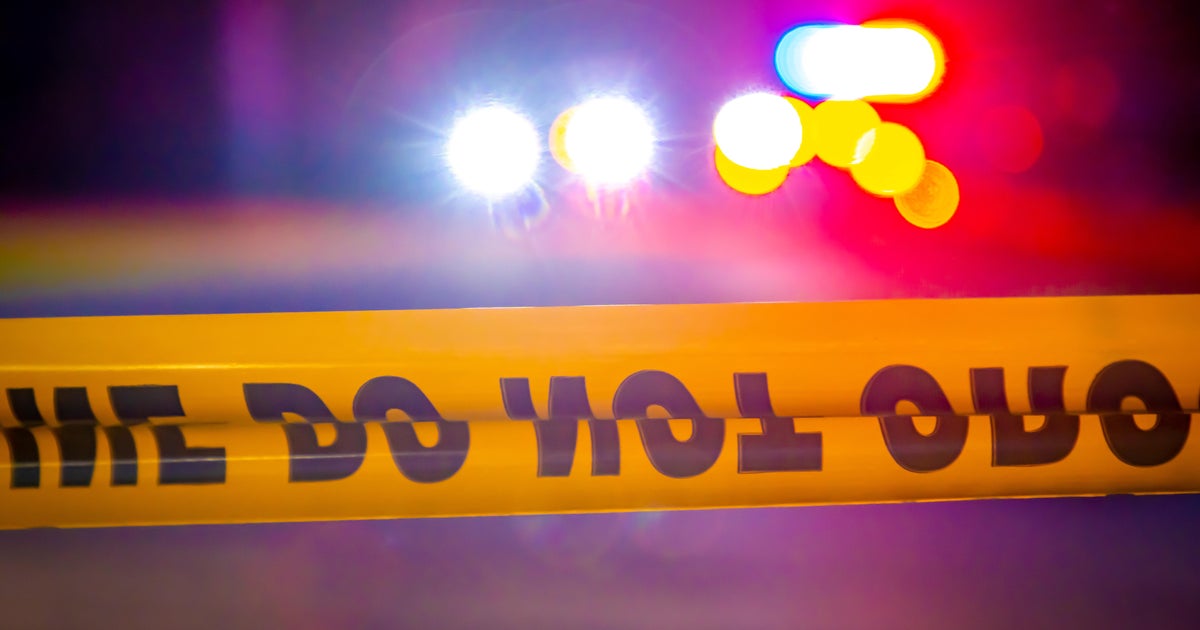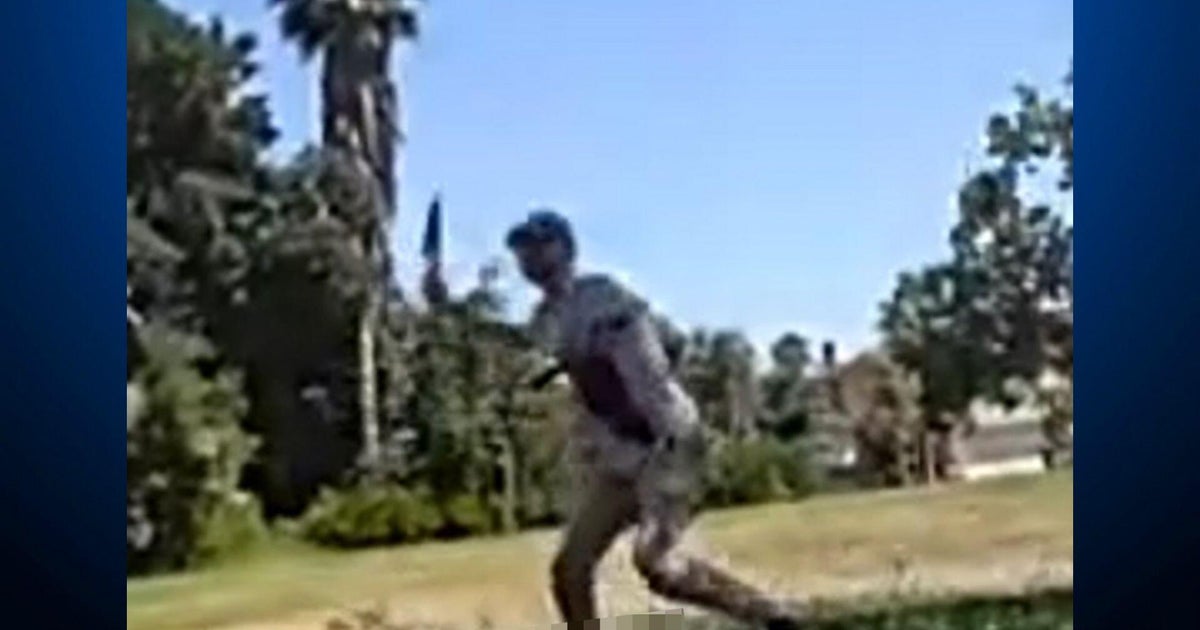Pioneering Immunotherapy Targeting Elusive Cancer Cells In Children
STANFORD -- On a spring morning in April 2017, pediatric cancer specialist Kara Davis, DO headed into the Bass Center for Childhood Cancer and Blood Diseases at Lucile Packard Children's Hospital Stanford to see 11-year-old Salvador De Leon.
Sal had leukemia, and he wasn't doing well. After three grueling years of therapy, his most recent relapse left only one course of action: an experimental treatment to seek out and destroy the cancer cells that had eluded conventional cancer treatments.
The treatment, known as CAR-T cell therapy, relies on the use of a patient's own genetically modified immune cells to track down and attack the leukemia cells.
Although some children with leukemia like Sal's have experienced years-long remissions after the therapy, about 30 percent of CAR-T cell recipients experience a temporary but potentially deadly side effect known as severe cytokine release syndrome.
Davis, an assistant professor of pediatrics at the Stanford University School of Medicine, was concerned because Sal had reacted poorly to previous rounds of chemotherapy. Did this mean he was likely to struggle with the CAR-T therapy as well?
"I was very worried," Davis recalls. "But there really weren't any other good options for Sal."
When she broached the subject of the new treatment with Sal's family, his mother, Maria De La Cruz, didn't hesitate.
"If it has any chance of saving his life, we will do it," she recalls saying. "We will do whatever it takes."
CAR-T cell therapy is a rapidly emerging form of what's known as cancer immunotherapy, and it's been uncommonly successful. So successful, in fact, that in August the Food and Drug Administration fast-tracked its approval of a CAR-T cell treatment for children like Sal with relapsed or unresponsive acute lymphoblastic leukemia or ALL.
Marketed as Kymriah by Novartis, it was the first cell-based gene therapy approved by the FDA for use in humans.
Lucile Packard Children's Hospital Stanford recently entered a contract with Novartis to become a certified treatment center, making it one of a small handful of California hospitals to offer Kymriah to children and young adults who may be helped.
"Prior to CAR-T cell therapy, you would not even use that word, 'cure,'" said Davis. "Instead I'd suggest other treatment options that might give the family a bit more time together."
The groundbreaking treatment significantly improves the likelihood of a cure for very sick patients. And because Stanford was one of the small group of centers involved in clinical testing for Kymriah, Packard Children's clinicians gained experience with patients like Sal before the treatment received FDA approval.
On that April morning, Davis was desperately hoping to change Sal's world. As his modified T cells were infused through an IV in his arm, Sal's care team monitored him closely for any negative reactions.
"But he just breezed through," says Davis. "He did so well, in fact, that I began to worry about the other possibility: that maybe the cells just weren't working. So we all just held our breath for the next month."
About 15,000 children are diagnosed with cancer each year in the United States; ALL accounts for about 3,000 of the childhood cancer diagnoses annually.
Fortunately, it is one of the most treatable pediatric cancers. Ninety percent or more of children with the disease respond well to chemotherapy and quickly achieve remission. Many are cured completely. But the situation is much more dire for those who either don't respond to treatment, or whose cancer recurs.
About 30 to 50 percent of these children die within five years. These statistics, coupled with the prevalence of the disease, place ALL on the top of the heap of deadly cancers in children even though most patients are cured.
Unfortunately, after Sal was diagnosed with ALL in 2014, his doctors learned he was in a high-risk group. Sal's cancer cells harbored a dangerous mutation known as a Philadelphia chromosome. Relatively rare in children with ALL, the presence of the Philadelphia chromosome leaves patients less able to achieve remission with standard chemotherapy and subject to quick relapse if remission is achieved.
Five-year survival rates of these relapsed patients are only about 10 percent. Before Kymriah, these patients were given chemotherapy so strong it usually landed them in the intensive care unit.
Not all cancer cells are created equally
Genetic missteps like the Philadelphia chromosome are one reason children's tumors tend to be better than adults' at hiding out in normal tissue, escaping the hordes of immune cells that patrol our bodies looking for trouble. That's because kids' cancer cells have had less time to accumulate the many genetic mutations that build up over the course of a lifetime.
Instead, cancer cells in children often arise as a result of one or two powerful mutations. These alone are sufficient to send a cell spinning off the normal developmental track and into out-of-control cell division. But these lone-wolf mutations don't always create the types of red flags our immune system is looking for.
"In many ways childhood cancers are the most elemental forms of cancer," says Crystal Mackall, MD, professor of pediatrics and of medicine, associate director of the Stanford Cancer Institute and director of the Stanford Center for Cancer Cell Therapy. She also leads the Stanford-based center of the Parker Institute for Cancer Immunotherapy.
"A child's cells, which have tons of development and expansion potential, can go from being healthy to full-bore cancer seemingly overnight. And these cancers tend to grow quickly and aggressively," Mackall said. "However, because these cancer cells are genetically more similar in terms of mutations to normal developing tissue than adult cancer cells are, it is harder for the immune system to recognize them as dangerous."
As a result, even some very promising immunotherapies in adults have been relatively unsuccessful in children. It's no good trying to amp up a nonexistent immune response, for example. Instead it has been necessary to craft a whole new approach.
"This is without a doubt a watershed moment in the history of cancer therapy," said Mackall.
Weighing the costs
CAR-T cell therapy is time-consuming and expensive, with a price tag of hundreds of thousands of dollars per patient. Because Sal was participating in a clinical trial, there was no charge to his family for the cell therapy.
And although it is costly to remove, genetically engineer and grow each patient's T cells in the laboratory, Novartis and Packard Children's are developing programs to ensure that no patient who needs Kymriah is turned away for financial reasons. Scientific advances may drive the cost down, too.
"I think we'll see a rapid evolution in the cost of the technology," says Mackall. "Did we ever imagine that we would one day have cellphones that can do what they do for the amount we pay now? This is a new field, and it's only going to get more affordable."
Hope for the future
Once Sal's engineered cells were infused, his physicians watched nervously for any signs of … well, anything.
"We were all so worried," says pediatric oncologist Catherine Aftandilian, MD, who helped treat Sal. "I kept waiting every day for him to get a fever and he just didn't."
After a month, Sal had another check of his bone marrow to search for the presence of any leukemia cells, and his care team finally let out their collective breath.
The cancer cells were gone.
"It was truly amazing," says Davis. "Maria had tears in her eyes when we told her." It's been nine months, and Sal is back at school. "Right now he is cancer-free," says De La Cruz. "I look at him and he seems just fine."
Now researchers at Stanford, including Davis, Mackall and their colleagues, are investigating ways to make CAR-T cell therapy faster, cheaper, safer and more broadly applicable to other types of cancers. They're experimenting with combination therapies that target more than one molecule on the leukemia cells and also looking for new targets on cells in solid tumors. And, of course, they're closely following the progress of kids like Sal in ongoing clinical trials at Stanford.
While it's too soon to tell for sure whether Sal has been cured of his cancer, clinical data shows that some other children have remained in remission for years. And researchers are working to improve cancer immunotherapy options for children and adults with all types of cancer.
For example, Mackall is supervising a clinical trial in CAR-T cells can recognize more than one molecule, in the hope of packing a broader therapeutic punch. And immunotherapy pioneer Ronald Levy, MD, professor of medicine at Stanford, is investigating ways to combine the CAR-T cells with other immunotherapy approaches that block naturally occurring immune system checkpoints that prevent the immune system from tackling the cancer.
"The future is going to be in combinations of therapies that work together," says Levy. "Right now, CAR-T therapy is a salvage therapy. It's just a slice of the cancer immunotherapy pie, but it's a big pie."
Levy envisions the possibility of genetically engineering the T cells within a patient's body, eliminating the need to manipulate them in the laboratory and making the treatment faster, safer and cheaper, because it would no longer have to be customized for each patient.
"When I tell people that I treat kids with cancer, they often say, 'How can you do that, it must be the saddest job in the world,'" says Davis. "But it's not that to me at all. It's a very hopeful job, particularly now."
Learn more about our Bass Cancer Center at http://www.stanfordchildrens.org/en/service/cancer-blood-diseases.


